The Langtang Valley trek 14 day adventure in the Langtang Region provides an authentic, off-the-beaten-path adventure. This journey incorporates ancient traditions, stunning landscapes, and the therapeutic benefits of natural hot springs at Tatopani. Nestled close to the Tibetan border, this extraordinary region is not only exhilarating but also culturally enriching. The local Tamang people, renowned for their warmth and hospitality, welcome visitors to Nepal with open arms.
Embarking from Kathmandu, the expedition begins with a scenic overland journey northward towards the Tibetan borderlands. The trek unfolds through picturesque villages, terraced fields, and serene valleys, offering panoramic vistas of nearby peaks along the way. A highlight of the journey is the rejuvenating experience of soaking in the natural hot springs at Tatopani. Continuing northward, travelers immerse themselves in the rich heritage of the area, exploring local forts, monasteries, and the intricate architecture of Tamang homes. A memorable homestay experience in Briddim provides an opportunity to delve deeper into the region’s cultural traditions.
The Langtang Valley trail meanders alongside the river, leading trekkers through forests of pine, bamboo, and rhododendrons, eventually ascending to the alpine meadows of Kyanjin Gompa. Here, breathtaking mountain vistas await, just a stone’s throw from the Tibetan border. Beyond Langtang village and Kyanjin monastery, the landscape is inhabited by people of Tibetan descent, while villages like Dhunche, Bharkhu, and Syabru are home to the Tamang community of Nepal’s middle hills. Explorers can venture into the high valleys of Kyanjin Ri and Chhirku Ri for further discoveries.
The region surrounding Ghode Tabela in the lower Langtang Valley and the Gosaikunda Lakes is a sanctuary for wildlife, including the elusive red panda- a symbol of the Himalayan ecosystem’s health. Other inhabitants of these forests include yellow-throated martens, wild boars, Himalayan black bears, mountain goats, grey langur monkeys, and leopards. Trekking Plus offers tailor-made itineraries, guided by local experts with comprehensive knowledge of the region’s culture, traditions, and lifestyle.
Langtang Valley Trek Highlights
1. Immerse yourself in the rich cultural tapestry of Nepal’s Tibetan-influenced hill tribes amidst the serene landscapes of Lantang.
2. Immerse yourself in the local community with a homestay, gaining invaluable insights into the Tamang people’s traditions and daily routines.
3. Indulge in awe-inspiring vistas of Ganesh Himal, the majestic Langtang Himalayas, and the breathtaking Gosaikunda range.
4. Immerse yourself in the vibrant tapestry of Tibetan customs intertwined with the Indigenous Tamanag culture.
5. Explore the intricacies of traditional cheese-making with a visit to the Yak cheese factory nestled in Kyanjin Gompa.
6. Marvel at the intricate handiwork of the region’s artisans as you peruse locally crafted hand-woven handicrafts.
Best time for Langtang Valley Trek
The best time to trek the Langtang Valley is during the spring and autumn seasons in Nepal. These periods offer the most favorable weather conditions, clear skies, and optimal temperatures for trekking.
Spring Season (March to May)
Spring is one of the most popular times to trek in the Everest region, which includes the Langtang Valley Trek. During this season:
- Weather Conditions: The weather is generally mild and pleasant, with daytime temperatures ranging from 10°C to 20°C at lower elevations, while higher elevations are cooler.
- Clear Views: The skies are typically clear, providing stunning views of the surrounding mountains, including Langtang Lirung, Dorje Lakpa, Ganesh Himal, Langshisa Ri, and Yala Peak.
- Flora: The rhododendron forests are in full bloom, creating a vibrant landscape with colorful flowers and lush greenery.
- Crowds: This is a popular trekking season, the Langtang Valley trekking trail remains more crowded than other treks in the Everest Region.
Autumn Season (September to November)
Autumn is another ideal time to trek the Langtang Valley Trek. During this season:
- Weather Conditions: The weather is stable with clear skies, low humidity, and pleasant temperatures, similar to spring. Daytime temperatures range from 10°C to 20°C at lower elevations, while it is cooler at higher altitudes.
- Clear Views: Autumn is known for its crisp air, providing excellent visibility of the surrounding peaks and landscapes.
- Festivals: This season aligns with major Nepali festivals like Dashain and Tihar, offering cultural insights and opportunities to experience local traditions.
- Crowds: Autumn is the peak trekking season in Nepal, the Langtang Valley trek trail is more crowded compared to other treks.
Off-Season Considerations
While spring and autumn are the best time for the Langtang Valley Trek, some trekkers prefer off-season trekking for a unique experience. However, these periods come with challenges:
- Winter Season (December to February): Trekking in winter offers solitude and stunning snowy landscapes, but temperatures can drop significantly, especially at higher elevations. Trails might be icy, and some teahouses could be closed.
- Monsoon Season (June to August): The monsoon brings heavy rain, making trails slippery and increasing the risk of landslides and leeches. The clouds and rain can also obstruct mountain views.
Overall, spring and autumn offer the best combination of weather, views, and cultural experiences, making them the ideal times to trek the Langtang Valley trail conditions in advance.
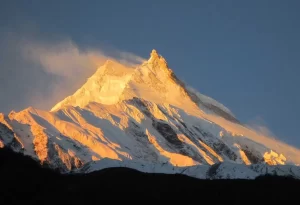 Trekking
Trekking
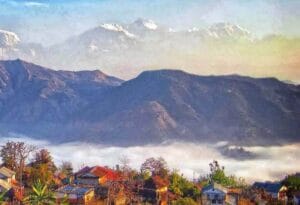 Trekking
Trekking
 Trekking
Trekking
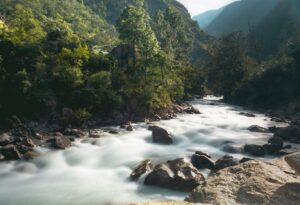 Trekking
Trekking
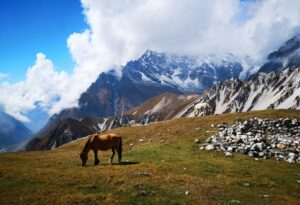 Trekking
Trekking
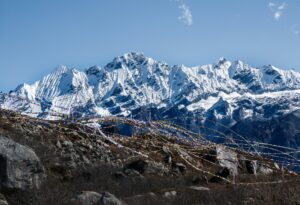 Trekking
Trekking
 Trekking
Trekking
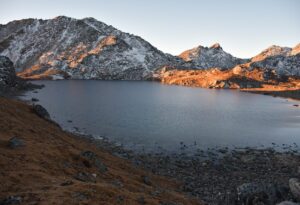 Trekking
Trekking
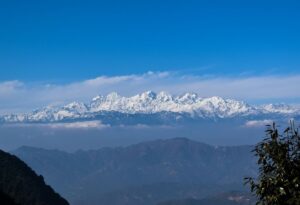 Trekking
Trekking
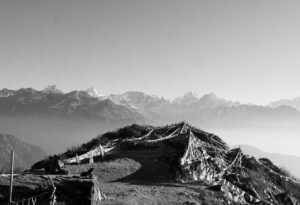 Trekking
Trekking
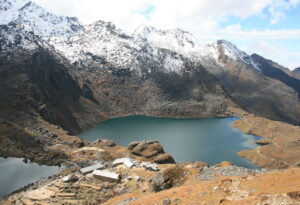 Trekking
Trekking
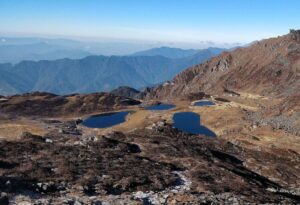 Trekking
Trekking
